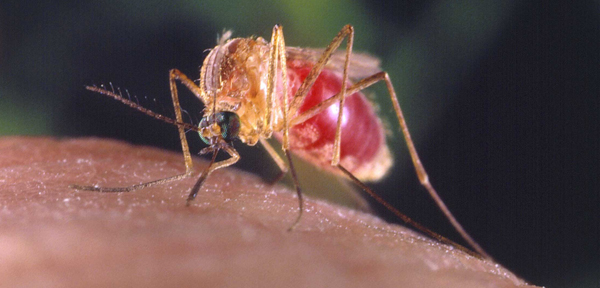
Following news that a person in Caldwell Parish was the first in the state to test positive for the West Nile virus, St. Charles Parish has reported the parish’s first positive test of the virus found in a chicken in Des Allemands.
The Louisiana Animal Diagnostic Laboratory confirmed the positive chicken sample on July 18. Following the positive test Mosquito Control Inc. increased spraying and other abatement measures in the area.
Last year, Louisiana was one of the hardest hit states in the country with around 300 people catching the virus from mosquitoes. In 2012 there were around seven mosquito and chicken samples that tested positive in St. Charles in August, but there were no reports of humans in the parish contracting the disease.
The positive samples last year came from Luling, Hahnville, Destrehan and Ama.
According to Steve Pavlovich, an entomologist with Mosquito Control, the West Nile virus tends to be cyclical.
“We have years with a lot of activity followed by several years with less activity,” he said. “(The virus) is not necessarily going to be on the rise because of climate change or warming or anything like that.”
So far, at least five states have reported their first case of West Nile virus, including Indiana, Wisconsin, Louisiana, North Dakota and Idaho. The disease is spread to humans through the bite of an infected mosquito. Mosquitoes become infected by biting a bird that carries the virus.
Pavlovich said that while the West Nile season is just beginning, signs point to a much milder spread of the virus this year.
“By this time last year we had a lot more positive samples and there were a lot more humans throughout the country who had caught the virus,” he said.
About 80 percent of the people who are infected with the West Nile virus never know it because they don’t display any symptoms. Twenty percent to 30 percent of those infected develop West Nile fever with headaches, joint pains, vomiting or diarrhea.
Less than 1 percent of those infected develop West Nile neuroinvasive disease, involving inflammation of the brain, spinal cord or the tissue surrounding the brain, which carries a death rate of about 10 percent.




Be the first to comment